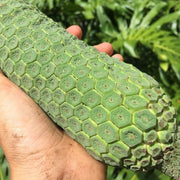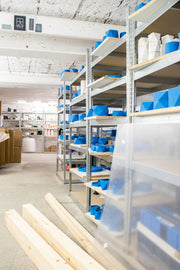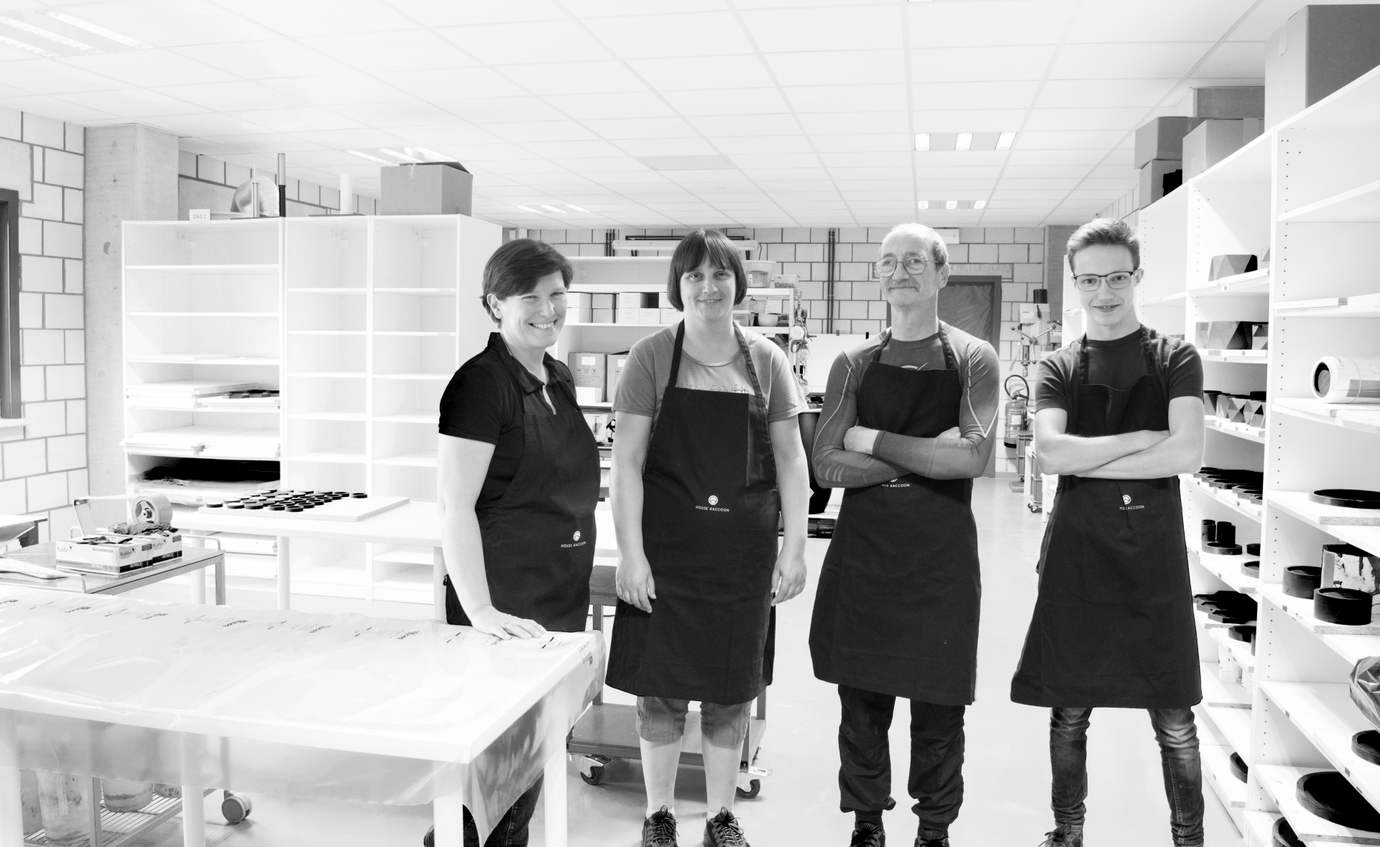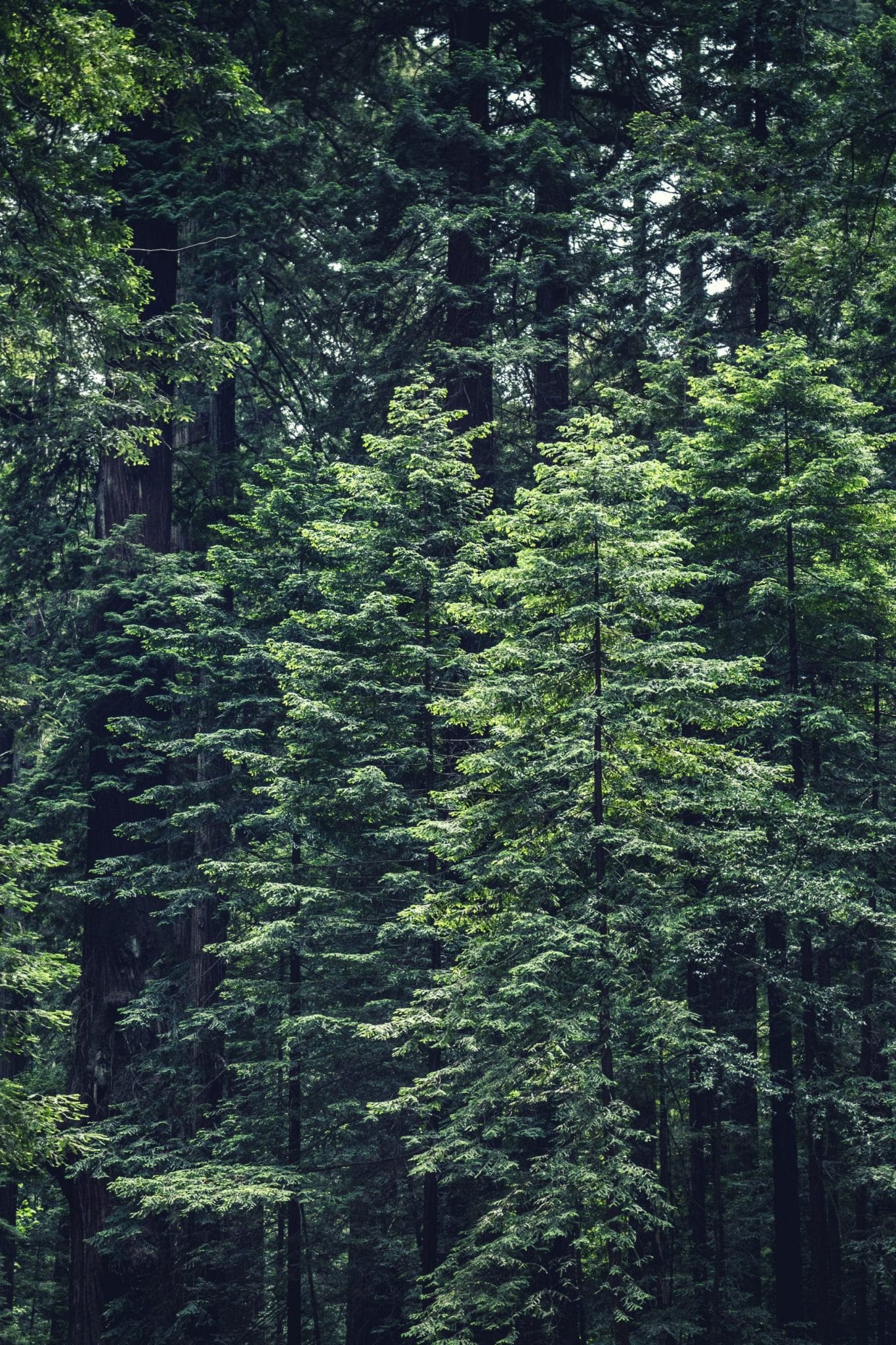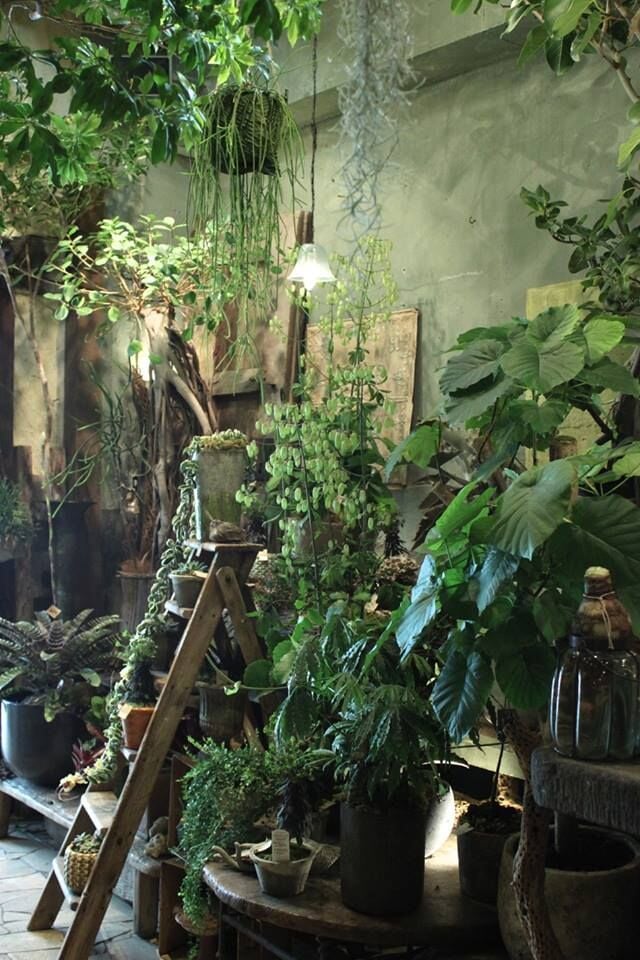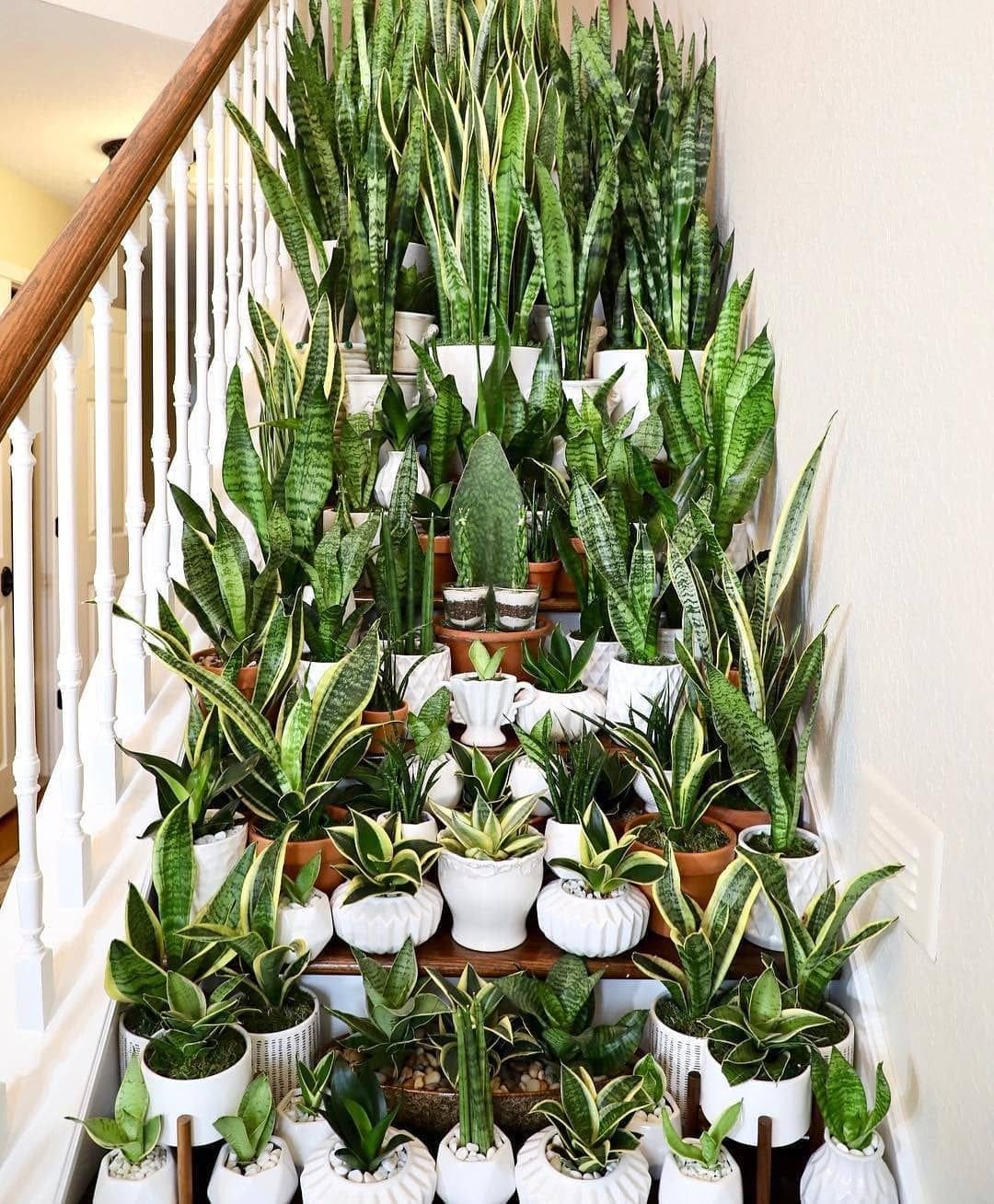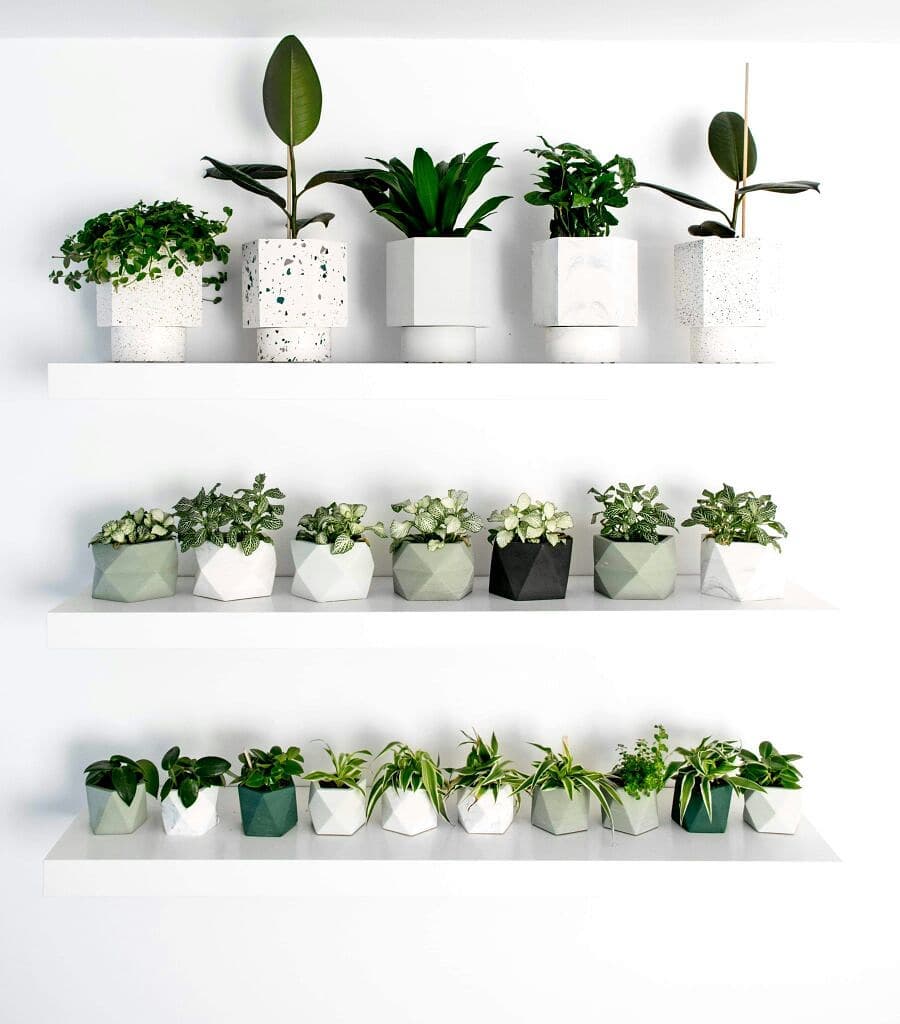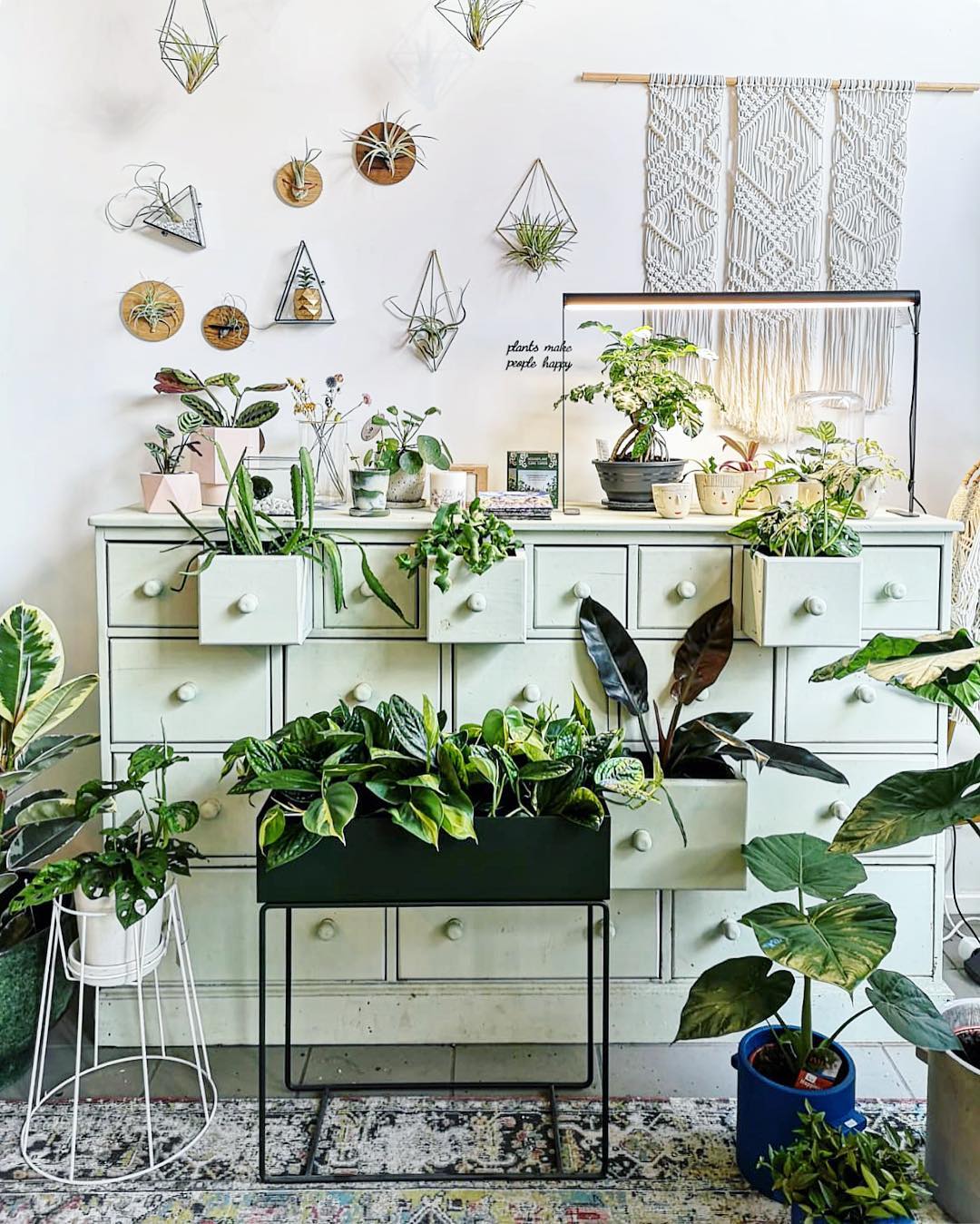10 Interesting Monstera Facts you didn't know before.
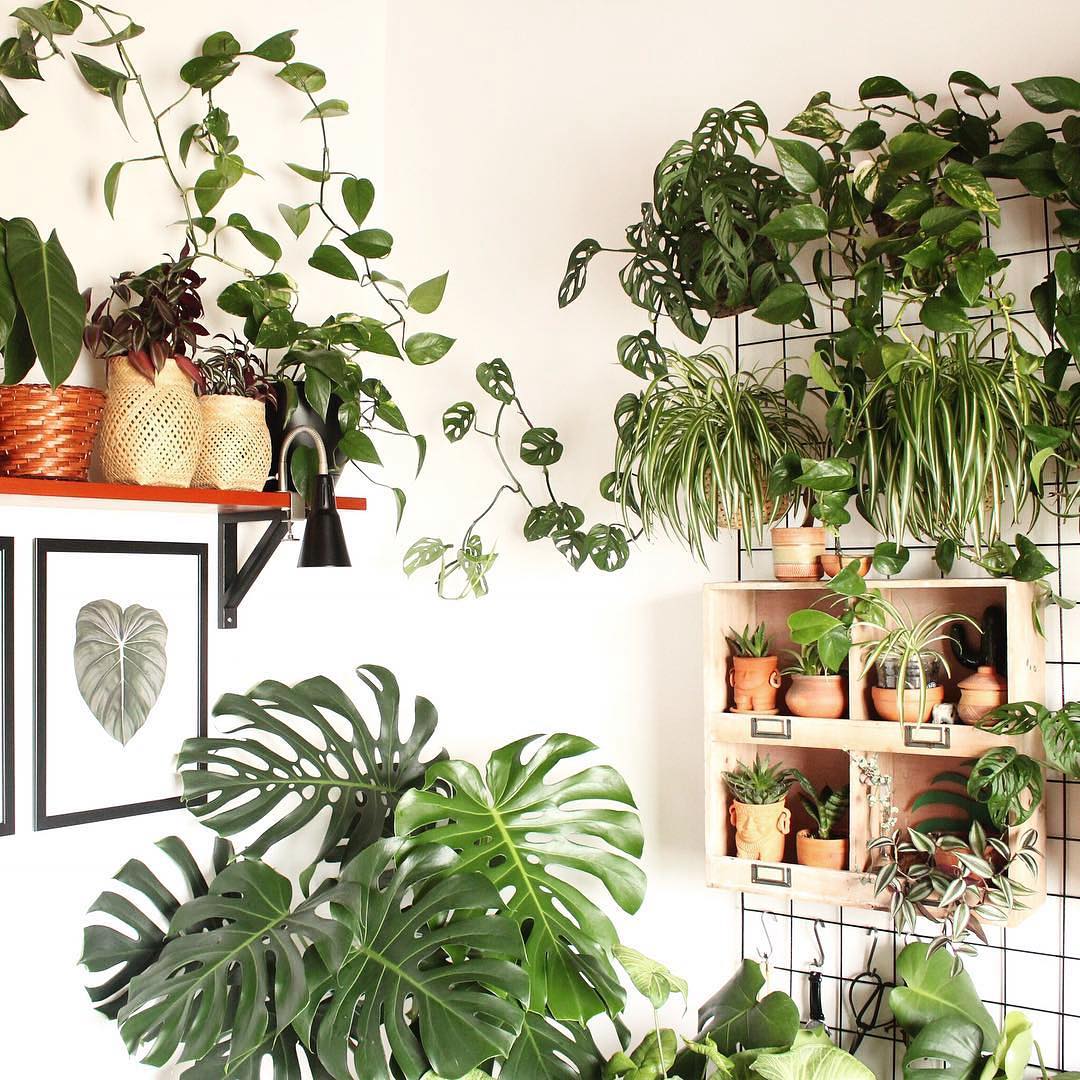
Learn 10 super cool Monstera Facts that are a pity not to know. Hurry up! Read all about it and make your fellow plant freaks jealous with all these super cool Monstera facts.
1. Monstera fruit exists and its delicious
In the wild, Monstera Deliciosa has incredibly rich fruit. It tastes like the combination of strawberries, passion fruit, mango, and pineapple. It is so delicious that the Monstera Deliciosa owes its name to it. Click here to find out more about it and even buy it!


2. Monsteras have lots of wrong names.
One of them is the Monstera Pertusum. It was created by a large American breeder of Monstera Delicioca's who thought the normal name was too common to promote his plants in a proper way.
3. The holes in a Monstera leaf have a function.
Tropical rainforests are the natural habitat of the Monstera. By developing holes in its leaves, the large Monstera leaves are better suited to withstand heavy rainfall and wind as they let the elements pass through the holes. These abnormal leaves (monstera means strange in Latin) gave the plant its name. One of the cooler monstera facts right?
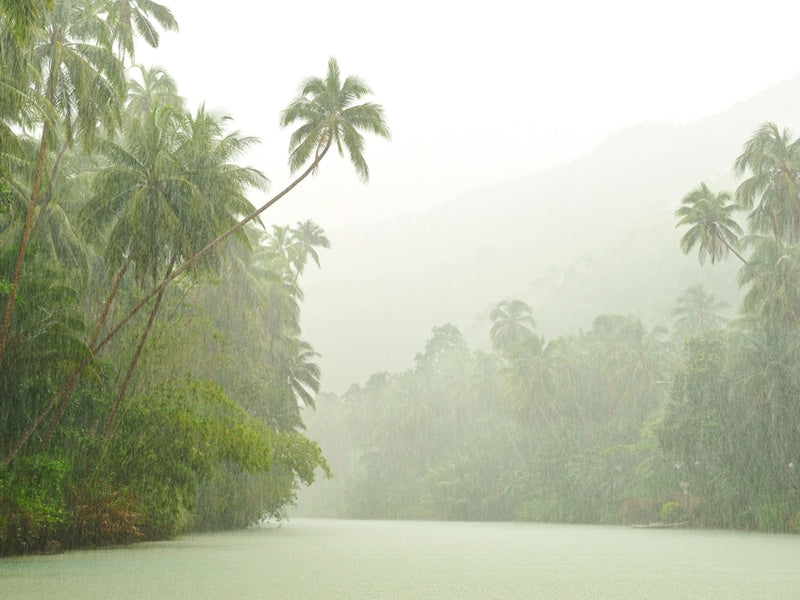
4. Monstera leaves can't create extra holes.
A Monstera leaf can't create any extra holes during de lifespan of the leaf. All gaps already exist when the plant first produces the foliage. The reason that leaves seem to develop extra holes is that older and healthier plants create leaves with increasingly more holes and older leaves with fewer holes tend to die off after some time.

5. A Monstera can be an airplant.
This one needs a bit more explanation so grab a cup of coffee and relax. A Monstera is a hemiepiphyte. A hemiepiphyte is a plant that lives as an epiphyte during a part of his life. An epiphyte (epi means 'on' and phyte means 'plant') is a plant that lives on another plant. Some epiphytes slowly kill their host plant; we then call them parasites. Luckily our sympathetic Monstera doesn't do that.
A baby Monstera starts like a regular plant growing out of the soil, but he has some strange behavior as he then quickly grows to the darkest place he can find. This way the Monstera can find a tree trunk without having to need eyes. From then on, the Monstera starts to be an epiphyte and rises from the Jungle floor, using the tree as a ladder to get more sunlight. He then starts to need his aerial roots to attach itself to the host plant and to extract water and food from the environment.
And now it becomes exotic! Sometimes the Monstera is so rushed to get up to the sun that he ignores his base and ends up losing his connection with the earth. He truly lives as an airplant than from food and water he can find in his environment rather than in the soil. Super cool right,! However, this is quite rare and can only happen with a fertile and very humid climate. The Monstera also can decide later on that he does miss the soil and make contact again through new aerial roots.

6. Monstera furniture!
If you are really crazy about Monstera's, you can create a whole interior using only Monstera's. The aerial roots from Monstera's are used in Guetamala to make mimbre furniture (similar to rotan furniture). Also baskets are an option.

7. Aerial roots that behave.
Often aerial roots from climbing plants destroy the surface they attach too. Just think about how hard it is to remove ivy from a building. Good news: Monstera aerial roots are the gentleman among aerial roots. They don't damage your interior but only mean as an extra support or food source for your plant.

8. Monsteras have muscles.
Sort off. We call this muscle the geniculum. It is the the junction between the leaf blade and petiole. You can recognize it as the wrinkled petiole part on the image below. A geniculum is typical for the Monstera genus and allows the plant to direct its leaves towards the sun. Pretty handy if you repot or re-attach your Monstera.

9. Monsteras were first discovered in 1693.
Apart from being a plant freak and loving Monstera facts, I am also kind of a history freak so I have to elaborate on this. The Monstera was first discovered and described by the French Botanist Charles Plumier. The French king actually was so happy with this discovery that he made him Royal Botanist. (Actually this isn't true as he was made Royal Botanist before his trip to the Americas which lead to his discovery of the Monstera. It would nevertheless make the Monstera even more badass.) He saw then the Monstera Adansonii and gave him the name Arum hederaceum amplis follies perforatis which was Charles Plumier's sassy way of saying in latin that it was a plant in the arum family with strongly perforated leaves. The super cool thing is that you can actually find a scan of the original transcript of Charles Plumier online. Page 46 contains the description, page 169 the first western drawing ever of the Monstera Adansonii.


In 1763, the botanist Linnaeus copied the description of the plant but decided to call it Dracontium pertusum (from which that American breeder from fact 3 partly created his marketing name). This, however, was quite a shameful thing to do as a botanist as the Dracontium family is a family of plants that have flowers with petals. The monstera doesn't have this. Pertusum just means holes, so Linnaeus did have that one correct.
Only in 1763, when the Monstera Adansonii was already used as a houseplant in England and Holland, the french botanist Adanson gave the Monstera its final name. It has been popular ever after proved by the fact that the official aroid society (yes that's a thing), put the Monstera on the cover of its very first international aroid magazine.

10. The Monstera Deliciosa is quite rare to be a common plant.
While the Monstera Adansonii was already discovered in 1693, the Monstera Deliciosa was only described in 1840 by the Danish botanist Liebmann when he found the species in Mexico. It took so long because the Monstera Deliciosa is quite rare to see in the wild. It could be because it sapling from seed only grows very slowly and dies off in the wild if it doesn't find a tree before it is 20 cm long. So not a lot of survival possibilities! The reason it is so popular as a houseplant is that it grows very quick from a cutting, but plants don't take cuttings from themselves in the wild!

